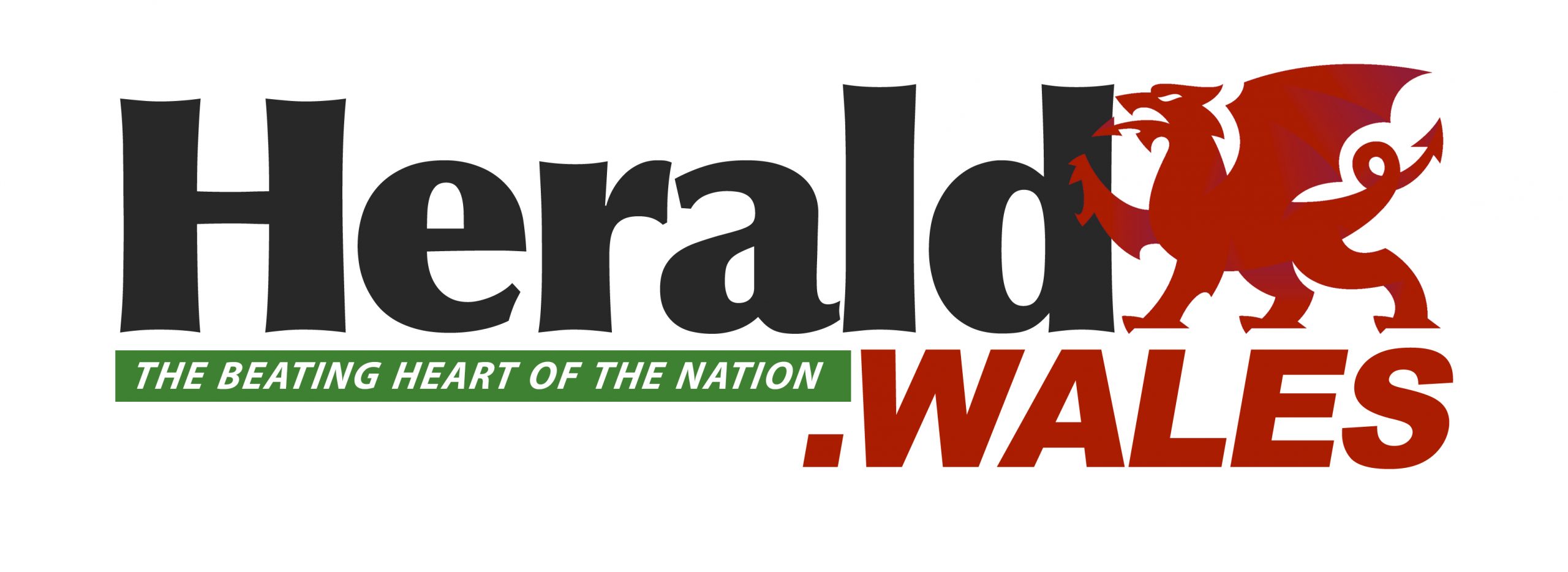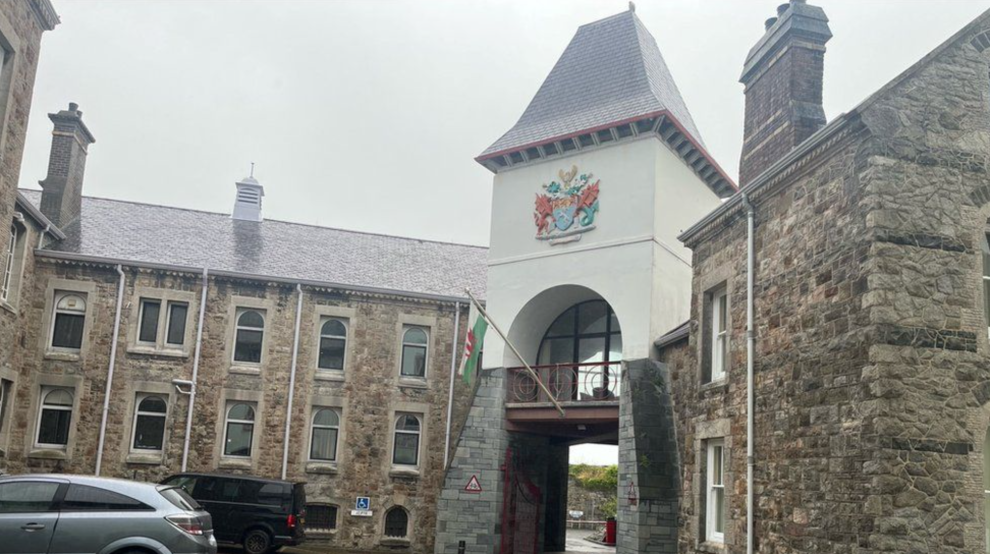GWYNEDD’S council is ‘flushed’ when it comes to toilet provision…
The council has 61 public toilets in Gwynedd and claims to have the “highest provision in Wales” – according to a communities scrutiny committee report.
It also has 39 toilets available for public use as part of the Public Facilities Grant Scheme – which allows members of the public to use toilets at various establishments within their opening hours.
In its Action Plan for 2025 – 2029 the council also wants to update how its residents will spend a penny in the future.
In its September, 2025 targets it wants to revise the charging structures on some of the county’s WCs.

Among the aims is the installation of new toilet payment doors to include the option of paying by card or cash.
The topics are set for discussion at the council’s communities scrutiny committee meeting being held on Thursday, March 20.
On the agenda, is the public toilet strategy, improving the image of public toilets, meeting consumer expectations, funding sources to improve provision and the time line on the roll-out of contact-less payment technology and income.
The meeting report describes how the county’s loos are managed by Cyngor Gwynedd’s Highways, Engineering and YGC Department.
It notes how the ‘Gwynedd Local Toilets’ Strategy was formed in May, 2019, but that a review is now due.
It follows the Welsh Government’s agreement to adopt the Public Health (Wales) Bill back in 2017.
The legislation was aimed at ensuring that local authorities assess the needs of communities’ public toilet provision.
The management of the county’s public toilet provision was last scrutinised at a committee meeting on October 5, 2023.
Updates to date, included success in attracting grants for improving toilets at Y Maes Pwllheli, Y Cei Aberdyfi and Y Maes Criccieth.
It also highlighted aims to make “best use” of an available revenue budget but pointed to “ageing buildings and pressure at times due to the level of vandalism.
“The revenue budget is often prioritised for maintenance requirements,” it stated.
Toilet cleaning standards were also considered “satisfactory” but it was recognised that there were “opportunities for improvement.”
In partnership with the Community and Town Councils, an annual funding contribution of £227,450 had been collected.
Review and further work would be carried out on five toilets, with doors which charged for use at Caernarfon, Pwllheli, Porthmadog and Dolgellau.
Among other issues raised in the Action Plan was a review of the provision of toilets within Council buildings, including libraries to “ensure maximising the use for the public where possible” – an objective aimed to be met by January, 2026.
It would also be looking at existing provision of public toilets and monitor the cleaning regimes by September, 2025.
Further grant opportunities would also be sought to increase provision of ‘Changing Places’ facilities, and it would continue to engage with the police, community safety and residents, community groups and others to ensure that facilities were “as safe as possible.”
















